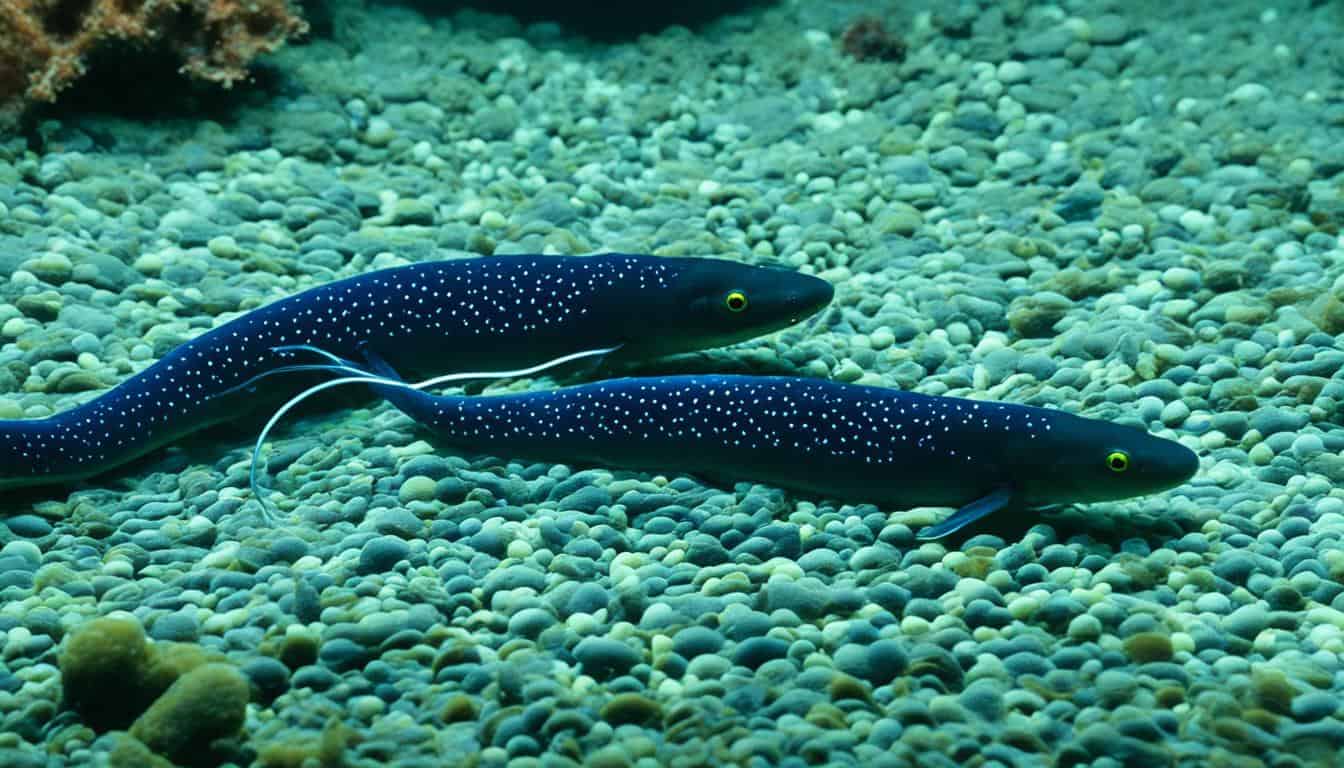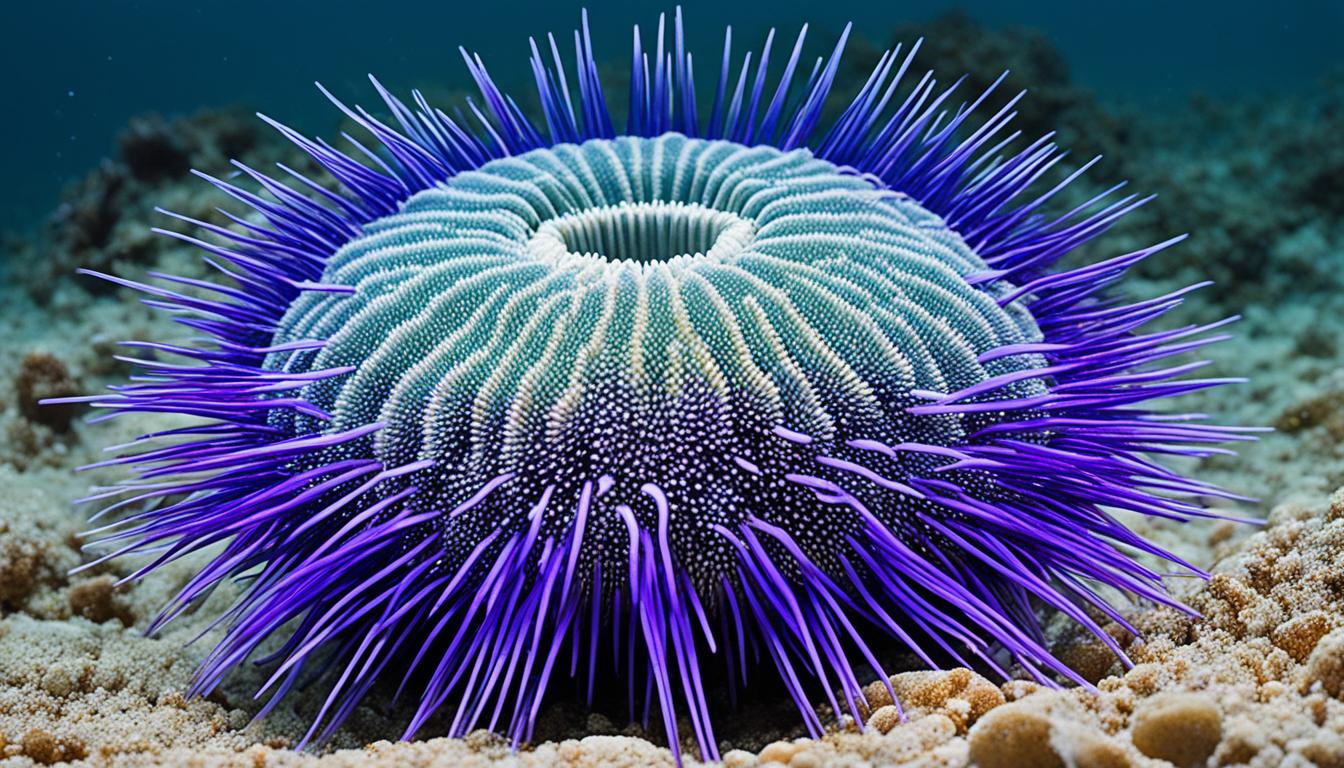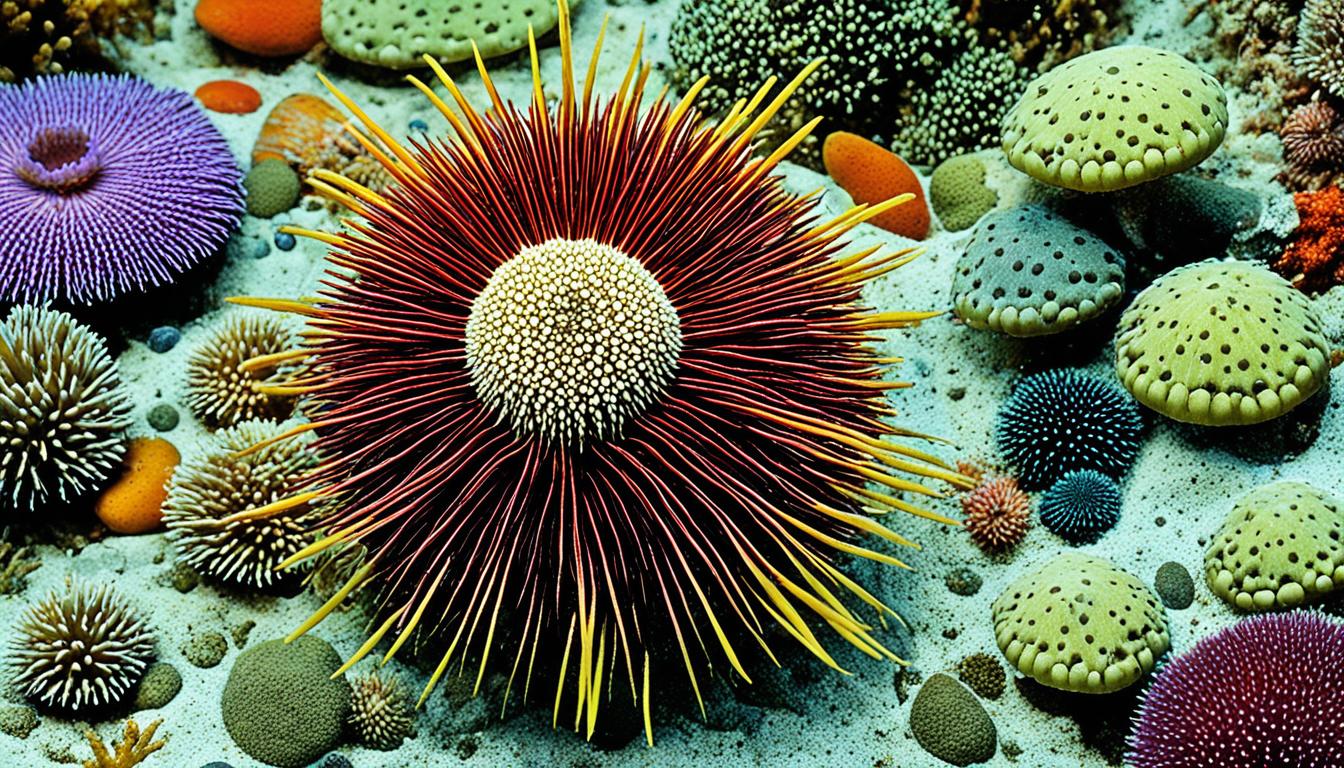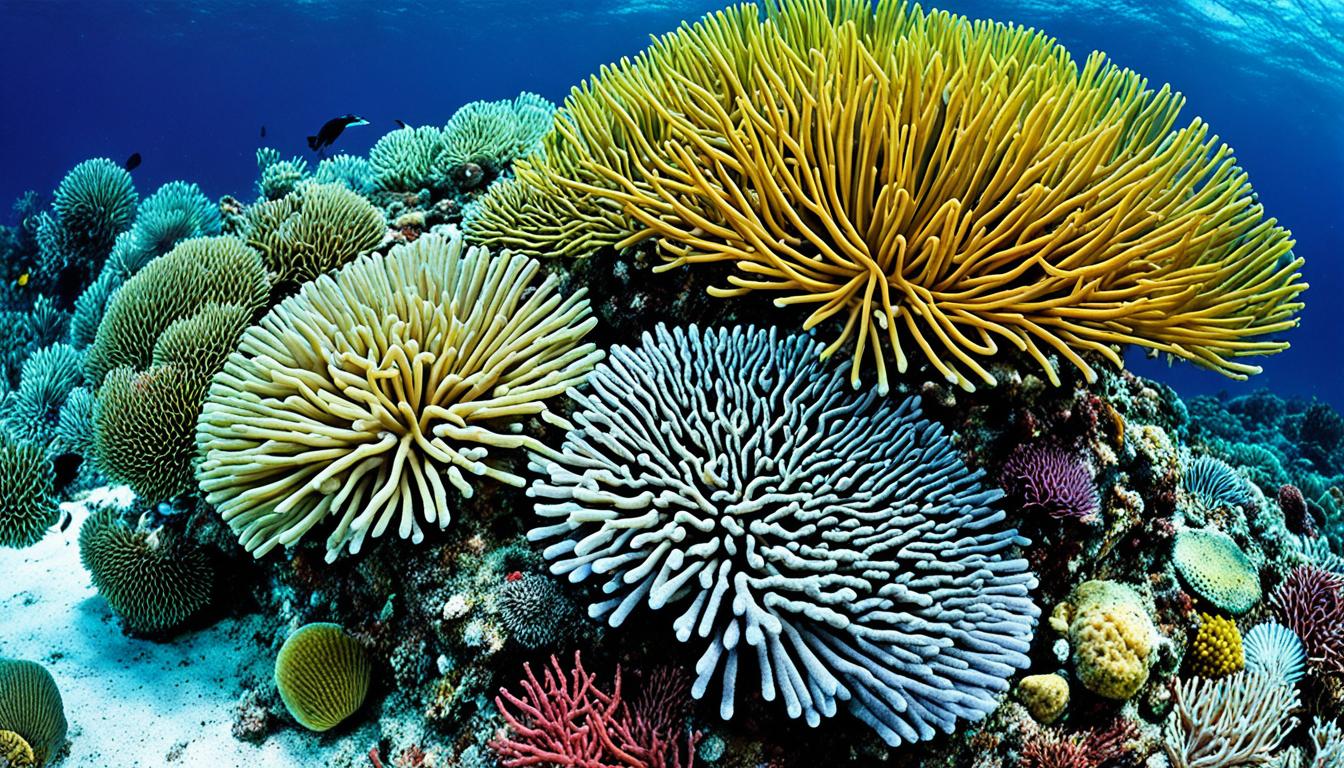Electric eels have always fascinated us with their electric powers and unique behaviors. You might be curious about how they reproduce. Let’s dive into their mating habits and the process of electric eels reproduction. It’s a complex topic, especially when looking at their behavior in the wild. Scientists have found that electric eels reproduce in a special way, involving external fertilization. By learning about their reproductive habits, we can better understand these amazing fish.
The Biology of Electric Eels
Learning about electric eels helps us understand their special world and how they act. These amazing creatures fit into a unique group and have standout physical traits.
Classification and Species Overview
Electric eels are part of the Gymnotidae family, not the same as regular eels in the Anguillidae family. The main type is Electrophorus electricus, found mainly in South America. Knowing about the different electric eel types shows their important roles in their homes.
Physical Characteristics
Electric eels have unique looks that help them live well in their homes. They can grow up to 10 feet long and have snake-like bodies. They have special cells called electrocytes that let them make electric discharges.
Habitat Preferences
Electric eels like living in slow-moving waters in the Amazon and Orinoco Rivers. They prefer places like ox-bow lakes, streams, and flooded forests. These places change with the seasons, which affects their life cycles.
Knowing where electric eels live helps us understand their biology and growth.
Understanding Electric Eel Behavior
The behavior of electric eels is key to their survival and how they interact with each other. Knowing how they live together helps us understand their mating and group life. This shows how their behavior helps them adapt in their homes.
Social Structures and Group Dynamics
Electric eels have complex social lives that change with their environment and the seasons. Their groups change a lot, especially when it’s time to mate. This helps them breed better together. At certain times, they come together in big groups, which helps them reproduce more successfully.
Survival Strategies in Natural Habitat
Electric eels have special ways to survive in the wild. They use electric shocks for hunting and to defend against predators. These shocks help them catch food and stay safe. When it’s mating time, their focus shifts, changing how they survive. This shows how important their behavior is for living well in their world.
How do electric eels reproduce?
The complex world of electric eel reproduction is fascinating. It involves mechanisms that help their species survive and grow. Learning about their mating and how the environment affects them is key to understanding their life cycle.
Reproductive Mechanisms
Electric eels use external fertilization to reproduce, which is unique among fish. The female releases many eggs in the water, and the male fertilizes them with sperm. This process includes special electric discharges to attract mates and signal spawning readiness.
These displays are crucial for successful reproduction and show how electric eels have adapted over time.
Role of Seasons in Mating
The seasonal mating of electric eels is crucial for their reproduction. As seasons change, their mating habits change too. The rainy season brings floods that expand their territory, helping young eels find good places to mate.
This connection between the environment and their mating cycle is vital. It ensures that eels breed at the best time for their survival.
Electric Eel Mating Habits
The mating habits of electric eels are quite interesting. They have special ways to make sure they reproduce well. These behaviors help them survive in tough places. When it’s time to breed, electric eels follow certain rituals to increase their chances of mating successfully.
Behavioral Patterns During Breeding
During mating, electric eels send out unique electric signals. These signals help males and females find each other. Being close to each other is key. The electric signals they exchange are important for communication.
They respond to each other’s signals, which is crucial for mating. This way, they can connect with each other in the dark waters they live in.
Adaptations for Success in Mating
Electric eels have special traits that help them mate successfully. They can create strong electric fields. These fields help them communicate and navigate through murky waters.
These electric signals are key for finding a mate. They keep partners connected in their dark homes.
These traits play a big role in how electric eels mate. They help them reproduce well and keep their populations healthy.
The Electric Eel Breeding Process
Electric eel reproduction is a fascinating process. It involves specific behaviors and environmental conditions. By understanding how they spawn and the factors that affect their breeding, we can learn about their sustainability.
Spawning and Egg-Laying Practices
Females lay thousands of eggs in shallow waters with dense vegetation during electric eel spawning. This helps them hide from predators. The males then fertilize the eggs with electric discharges. This method increases the chances of successful fertilization and the survival of the next generation.
Impact of Environmental Factors on Breeding
The success of electric eel breeding depends on several environmental factors. These include:
- Water temperature: The right temperature helps trigger spawning.
- Salinity levels: Certain salinity levels improve reproductive success.
- Availability of suitable spawning sites: Lots of vegetation is key for spawning and egg protection.
- Seasonal fluctuations: Climate changes affect egg-laying and embryo development.
Understanding how the electric eel’s habitat affects their breeding shows why preserving their environment is crucial. A healthy habitat is key to their reproduction and survival.
Fertilization and Development in Electric Eels
Studying how electric eels fertilize their eggs is key to understanding their life cycle. Electric eels mainly use external fertilization. This means the female releases eggs into the water, where they get fertilized by the male’s sperm. There is no recorded case of internal fertilization in electric eels.
Internal vs. External Fertilization
Electric eels mainly reproduce through external fertilization. This process includes several steps:
- The female releases a large number of eggs.
- The male swims alongside the female, releasing sperm to fertilize the eggs.
- This method enhances genetic diversity within the population.
Even though internal fertilization might seem better, it’s not seen in electric eels. Their external fertilization method increases the chance of successful fertilization. Many males can fertilize a single female’s eggs.
Development Stages of Electric Eel Eggs
After fertilization, the eggs go through different stages before hatching. These stages depend on things like temperature and water quality. The main stages are:
- Fertilization and initial cleavage.
- Formation of the embryo within the egg membrane.
- Development of key features such as the nervous system and sensory organs.
- Hatching into juvenile eels, ready to venture into their aquatic habitat.
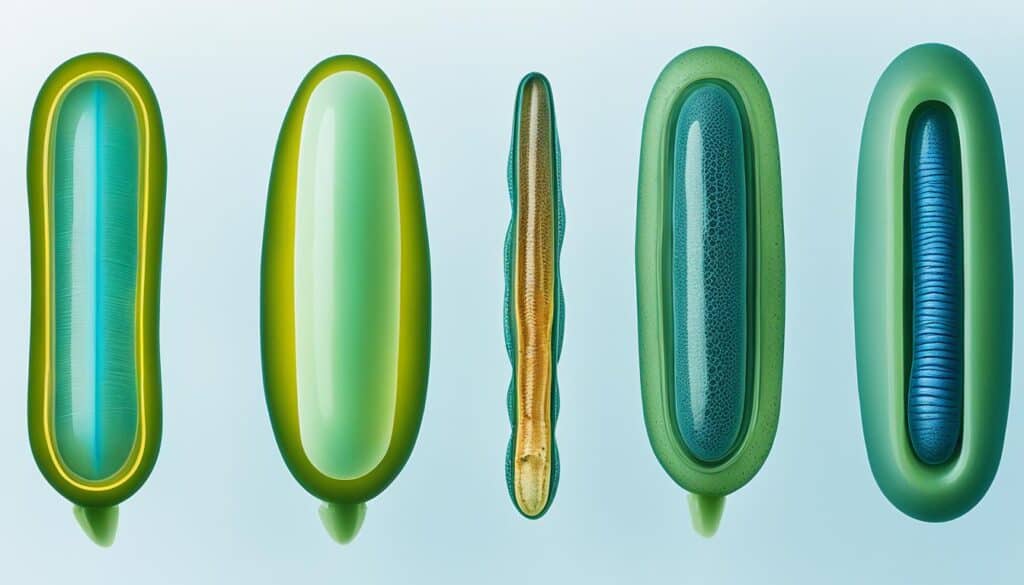
Getting from egg to juvenile eel is crucial for electric eel populations. Research is ongoing to understand how egg survival and larval development affect their life cycle.
Challenges Faced in Electric Eel Reproduction
Electric eels face big challenges in reproducing. Their homes, the rivers, are changing due to urban growth and farming. This change harms their breeding spots and the ecosystem they need to live.
Another big problem is pollution in the rivers. Pollutants hurt their ability to reproduce, leading to fewer babies. The polluted water makes it hard for electric eels to grow and thrive.
Climate change adds to their problems. It changes the temperature and how often it rains, affecting where they can breed. To help, we need to protect their natural homes. Supporting efforts to save their habitats can make a big difference in their survival.
FAQ
How do electric eels reproduce?
Electric eels reproduce through external fertilization. Females release many eggs in shallow waters. Males then fertilize these eggs.
What are the mating habits of electric eels?
During breeding seasons, electric eels have special mating habits. They use electric pulses for courtship and get close to each other.
What does the breeding process of electric eels involve?
The breeding process starts with females laying thousands of eggs in shallow waters with lots of vegetation. Males fertilize the eggs with electric discharges during a coordinated spawning.
How do seasonal changes affect electric eel reproduction?
Seasonal changes greatly affect electric eel reproduction. The wet and dry seasons change their mating behaviors and how young eels move into new areas.
What role does environmental conditions play in electric eel breeding?
Environmental factors like water temperature, salinity, and flow affect electric eel breeding. These factors directly impact how successful breeding is and egg-laying practices.
How do electric eels ensure the success of their eggs?
Electric eels increase their eggs’ success by laying them in safe spots. They also time their fertilization with electric signals during spawning.
What adaptations do electric eels have for reproductive success?
Electric eels have special adaptations. They can create electric fields for communication during courtship. This helps them find and recognize potential mates.
What challenges do electric eels face during reproduction?
Electric eels face many challenges during reproduction. Habitat destruction, pollution, and climate change all threaten their breeding success and numbers.

